Since from childhood, I was curiosity about Egypt. By watching Branden Fraser in the mummy series my curiosity and eagerness went on next level. I always wonder about secret facts about Egypt. In fact Egypt has ancient civilization where mummification of corpse were done. As well as the treasure and the story depicted by the historians.
So, without wasting much time, discover the secrets of ancient Egypt an engineering empire:
1. Pyramid Of Giza:
Perhaps the most recognizable symbol of ancient Egypt, these massive structures were built for 3 generations of pharaohs – Khufu, Khafre and Menkaure during the old kingdom (2575- 2130 B.C.). It is still unknown exactly how the Egyptian pyramid have been constructed. It’s estimated that around 100,000 men have been labored for some 20 years to create the largest, the great pyramid for GIZA.
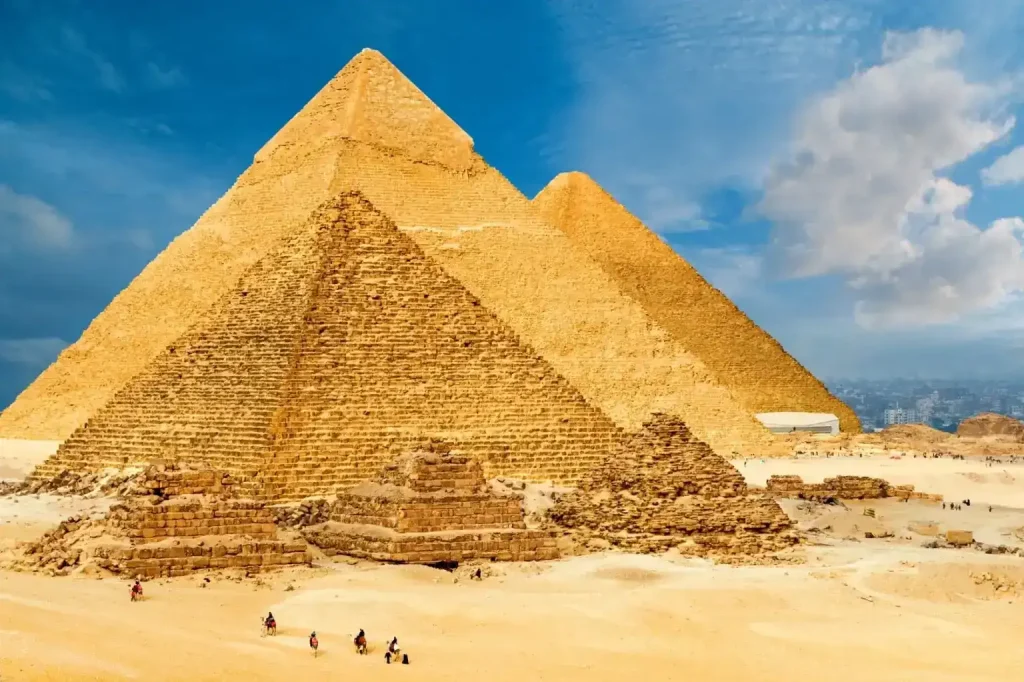
2. Khufu Ship:
The Giza Pyramid, near modern Cairo, holds many marvels. One is the Sphinx, a massive lion statue with Pharaoh Khafre’s head. In 1954, archaeologists discovered a nearly intact 140-foot ship buried at the pyramid’s base. The ship bore Pharaoh Khufu’s name and buried with other grave goods. They later excavated it and displayed it in the nearby Solar Boat Museum. This discovery reveals fascinating secrets about Egypt.
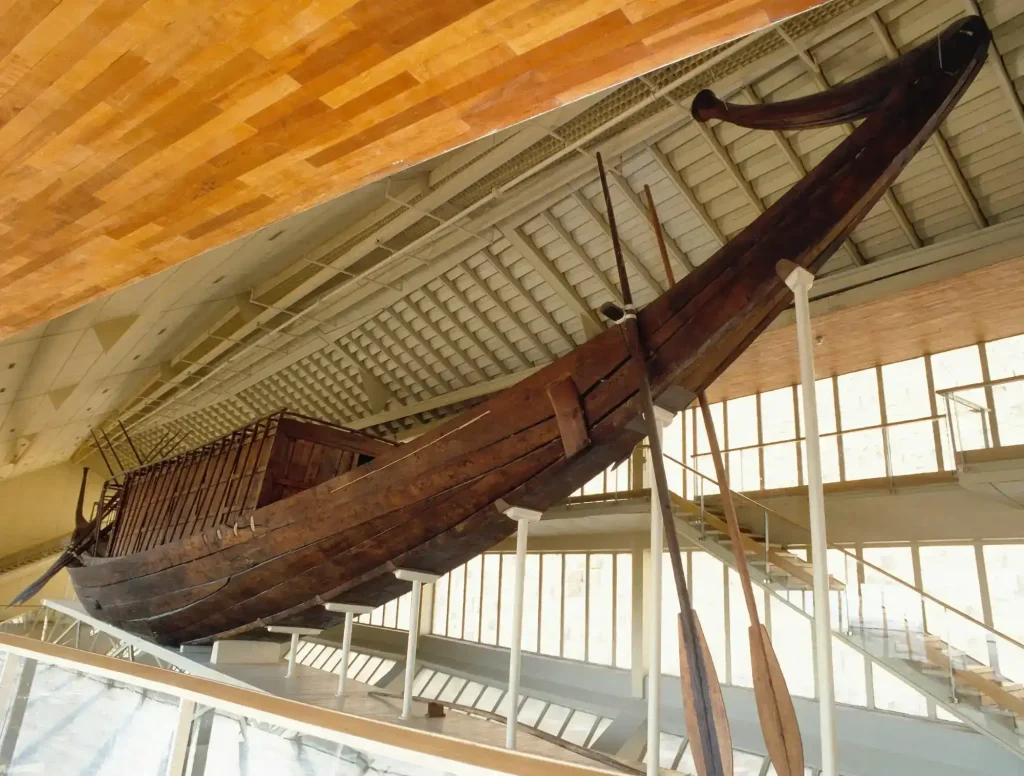
3. King Tuts Tomb:
The long-lost tomb of 18th Dynasty boy pharaoh Tutankhamen rediscovered by archaeologist Howard Carter in 1922. Hidden in the Valley of the Kings and buried under debris for 3,000 years, the tomb escaped looters. Ignoring rumors of a curse, Carter’s team uncovered treasures, including Tut’s mummy adorned with a golden death mask, offering rare insights into the most opulent era of ancient Egypt and revealing some of the greatest secrets about Egypt.

4. Rosetta Stone:
In 1798, near the town of Rashid, Napoleon’s officers discovered a black granite slab—the Rosetta Stone. Created in 96 B.C. in Memphis for Pharaoh Ptolemy V, it affirmed his right to rule. Inscribed in hieroglyphic, demotic, and Greek, its 1822 translation unlocked the meaning of Egyptian hieroglyphs, transforming our understanding of ancient Egypt. Britain has held it since the Napoleonic wars, despite Egypt’s ongoing demands for its return.
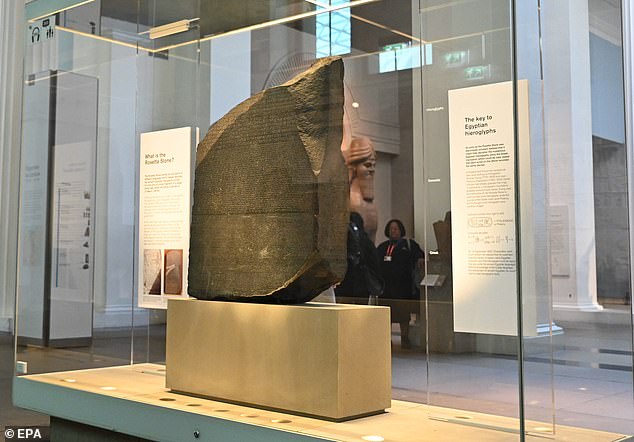
5. Temples At Abu Simbel:
Abu Simbel, a stunning site in southern Egypt, showcases two temples built by King Ramses II (1279–1213 BC) near ancient Nubia. The four colossal statues at the main temple’s entrance highlight the grandeur of ancient Egyptian art. In the 1960s, engineers relocated the temples to save them from the rising Nile caused by the Aswan High Dam. Named after the boy who first found it, Abu Simbel remains one of the enduring secrets of Egypt.
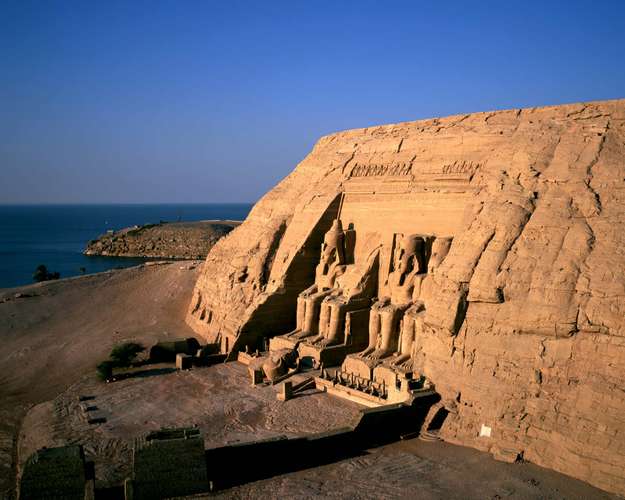
6. Valley of the Golden Mummies:
In the mid-1990s, a team of archaeologists uncovered a vast necropolis near Bawit, south of Cairo. The initial excavation revealed 105 mummies, many adorned with gilded masks and decorative chest plates. Others were buried in terracotta, plaster, or wrapped in linen. Dubbed the Valley of the Golden Mummies, this ancient cemetery has since yielded hundreds more mummies from various social classes. Experts estimate it may ultimately contain as many as 10,000 mummies in total.
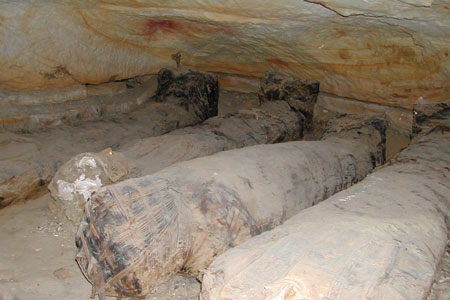
7. King Tut’s Golden Chariot:
The chariots discovered by British archaeologist Howard Carter as he entered King Tut’s treasure-packed tomb. Howard discovered Tut’s tomb in 1922 finds high-tech, six-spoke wheel chariots. The boy king’s collection included two large ceremonial chariots, a smaller, highly decorated one, and three others designed for daily use. The vehicles remained well preserved because people dismantled them before burial. If left intact, the wheel rims would have bent under the chariots’ weight and become permanently deformed.
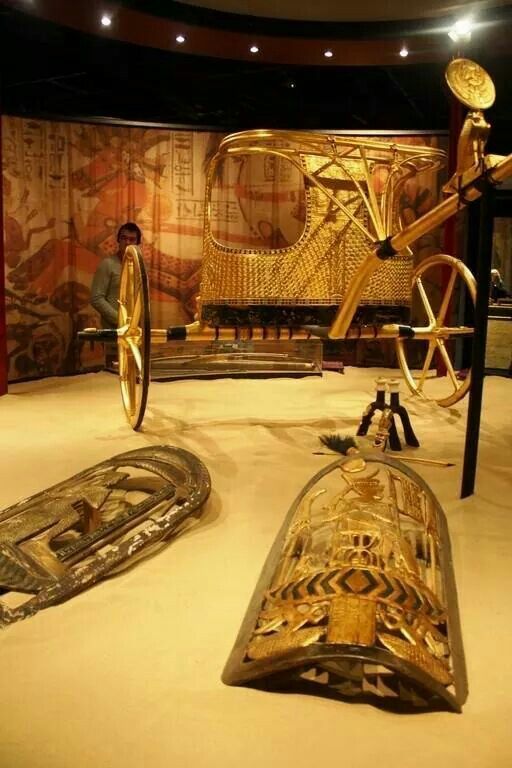
Even today, countless secrets still lie buried beneath the Egyptian sands.
Tell me your views on this article and share your feedback as well, I would love to read that.
Also Read:
- Luxury Cruising for Indian Travelers with Costa Neoclassica
- Most Beautiful Places To Visit In Udaipur
- A Journey To Mawsynram, The Wettest Place On Earth

